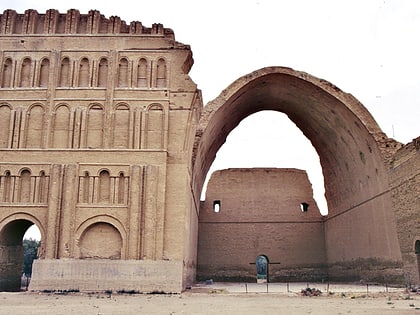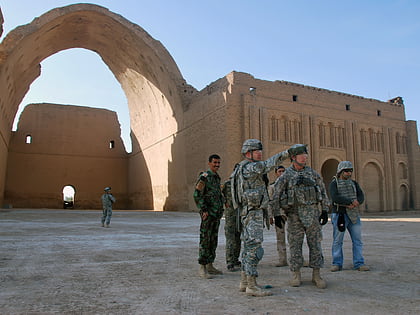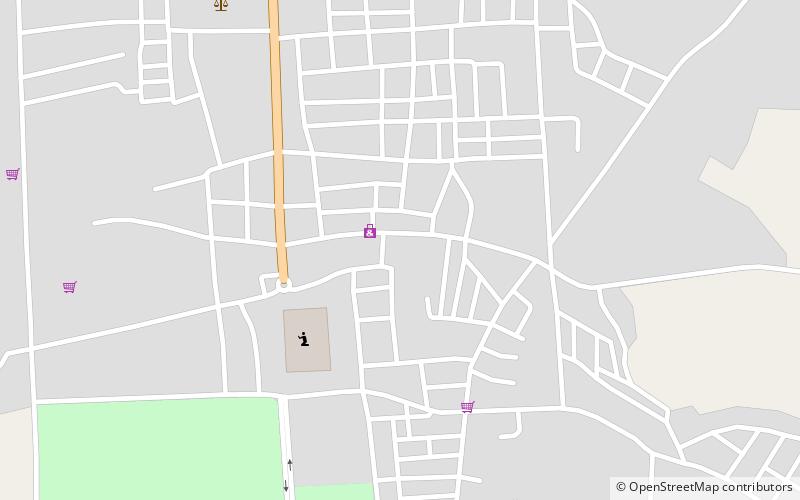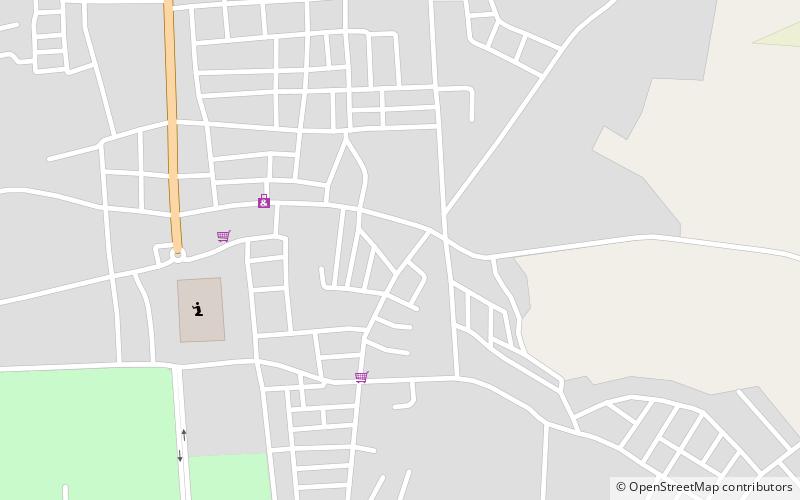Taq Kasra
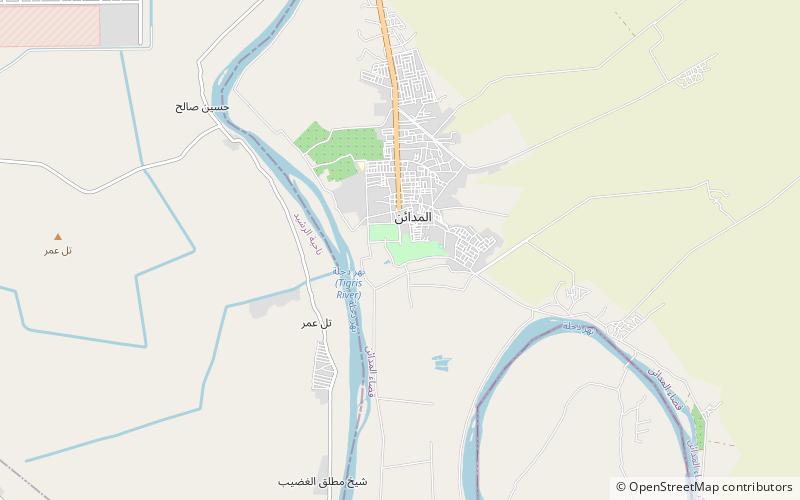
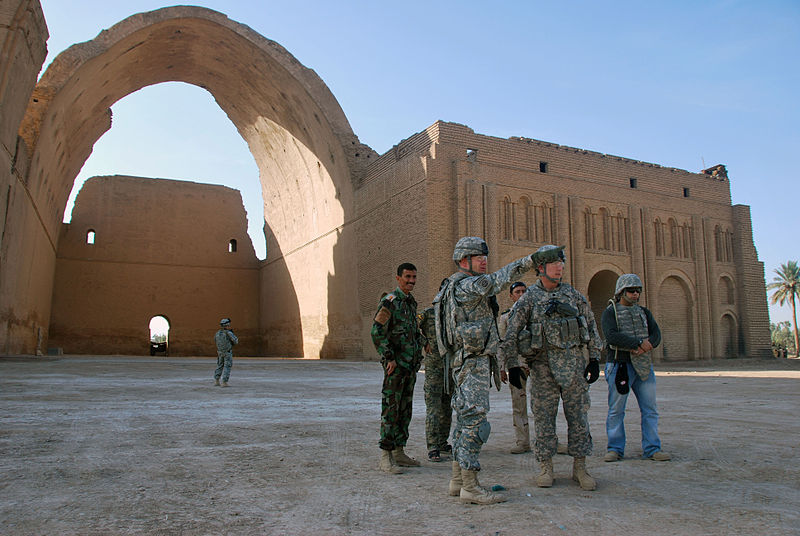
Facts and practical information
Taq Kasra, also known as the Archway of Ctesiphon, is a remarkable archaeological site located in modern-day Iraq, near the town of Salman Pak. This ancient arch is the only visible remnant of the once-great city of Ctesiphon, which served as the capital of the Parthian and Sassanian Empires. Its majestic presence stands as a testament to the architectural and cultural achievements of the Sassanian era.
Constructed in the 6th century under the rule of King Khosrow I, Taq Kasra was part of a grand palace complex. Its scale is monumental, with the arch reaching an impressive height of approximately 37 meters and a span of about 26 meters, making it one of the largest single-span vaults of unreinforced brickwork in the world.
The site has fascinated historians and archaeologists for centuries, not only for its sheer size but also for its blend of Persian and Roman architectural influences. Despite the ravages of time and historical conflicts, the arch still stands, although parts of it have collapsed.
Taq Kasra's historical significance is immense, as it provides insight into the grandeur of the Sassanian civilization, which was once a dominant power in the region before the rise of Islam. The site has endured through centuries of conflict, natural decay, and neglect, yet it remains an enduring symbol of Iraq's rich and diverse heritage.
Diyala
Taq Kasra – popular in the area (distance from the attraction)
Nearby attractions include: Ctesiphon, Salman Al-Farsi Mosque, Al-Mada'in District, Salman Pak.
